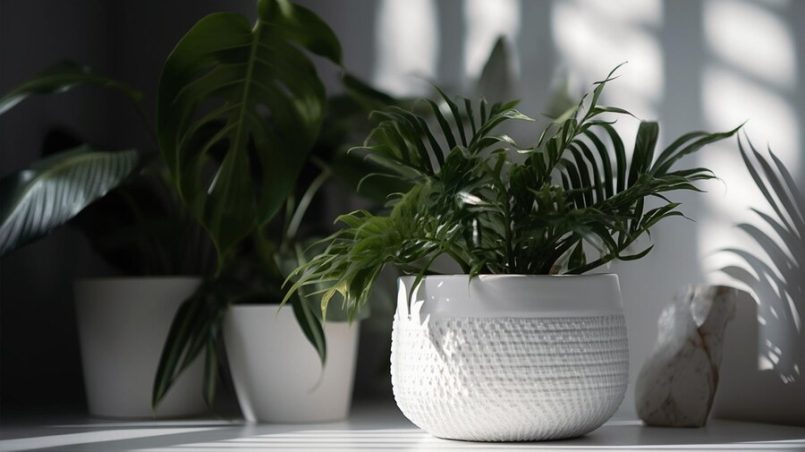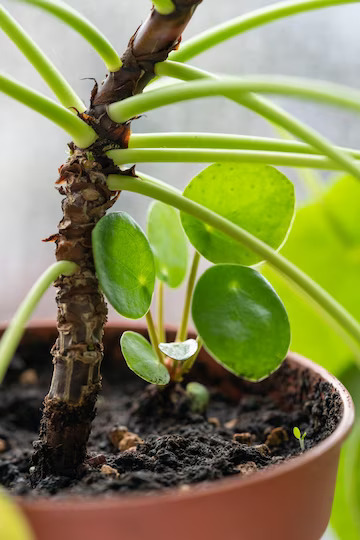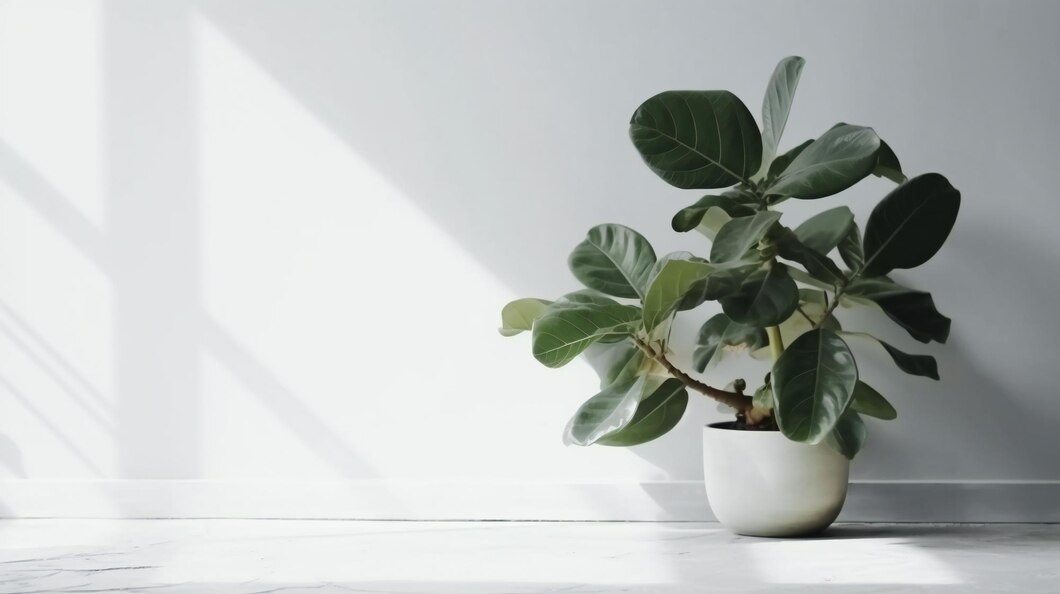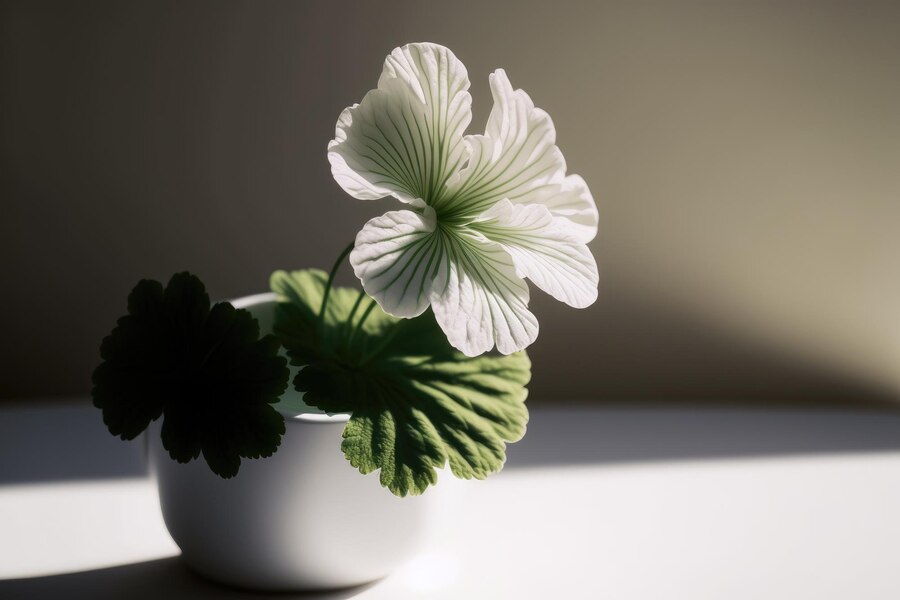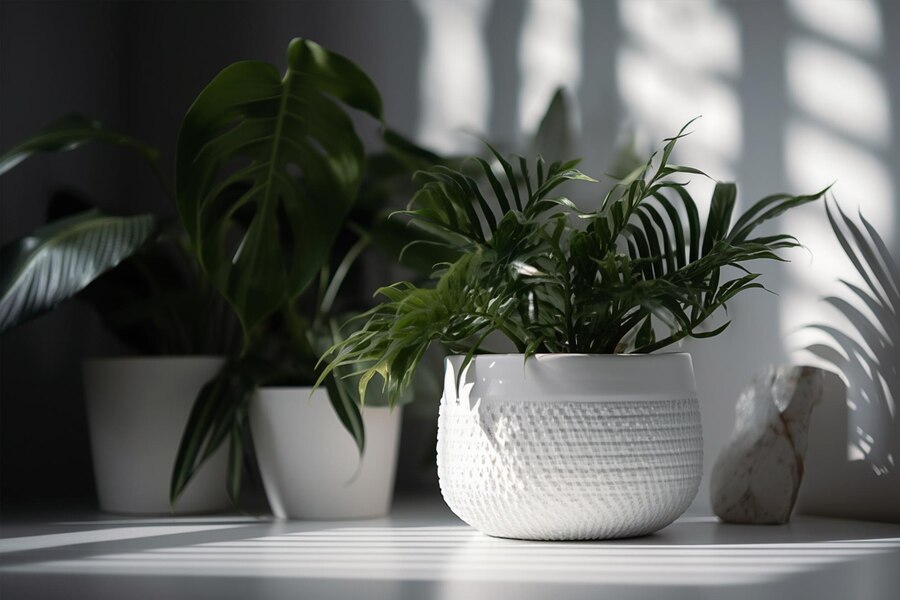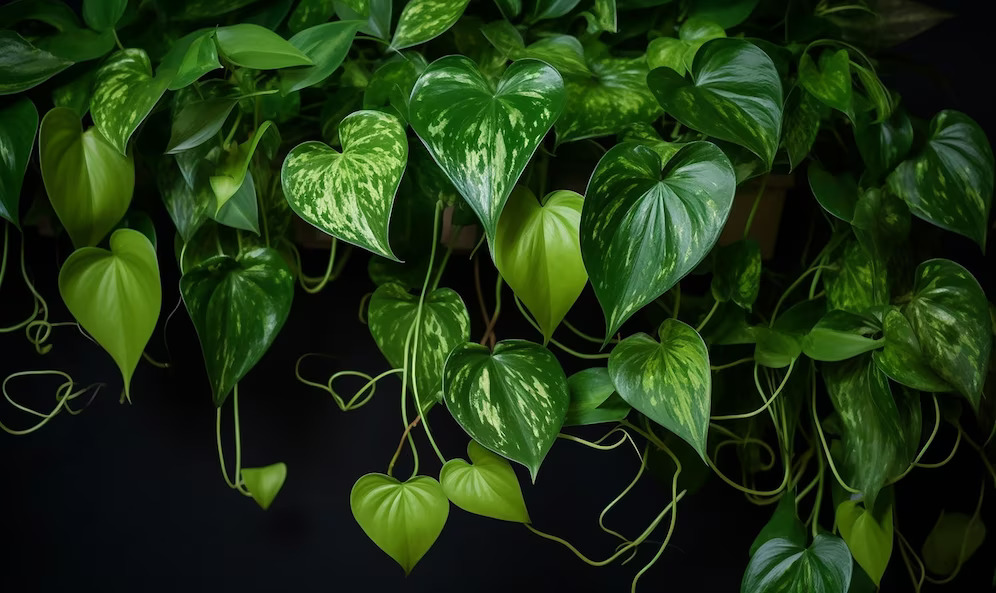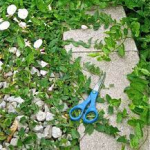If you’re a proud plant parent and happen to own a Pilea peperomioides, also known as the Chinese money plant, you may have encountered the issue of your beloved plant becoming leggy. But don’t make this type of mistake. A leggy Pilea is characterized by elongated stems, sparse foliage, and an overall unbalanced appearance. However, fear not! In this article, we will guide you through fixing a leggy Pilea and provide tips on how to fix a leggy pilea.
Research suggests insufficient light exposure is a common cause of legginess in Pilea and other houseplants. Providing your Pilea with appropriate light levels can help prevent the elongation of stems. Place your plant near a bright, indirect light source, such as a north-facing window or a few feet away from a sunny window. Consider rotating the plant periodically to ensure all sides receive equal light exposure.
Understanding Leggy Pilea
Before we delve into the solutions, it’s essential to understand what causes a Pilea to become leggy. Plant legginess generally occurs when they receive insufficient light, leading to elongated stems stretching towards the nearest light source. In the case of Pilea peperomioides, this can result in weak and spindly growth, which is aesthetically unpleasing and can negatively impact the plant’s overall health.
Causes of Leggy Pilea
Several factors contribute to the development of a leggy Pilea like peonies tree. By identifying these causes, you can effectively address the issue and prevent the leggy Chinese money plant from recurring.
Insufficient sunlight
Pilea peperomioides is a plant that thrives in bright, indirect light. Insufficient sunlight is one of the primary reasons for leggy growth. If your Pilea is placed in a location with limited natural light, such as a dark corner, the plant will stretch towards the available light source, resulting in elongated stems.
Inadequate pruning
Pruning is vital in maintaining compact and bushy growth in Pilea plants. Neglecting to prune your Pilea regularly can lead to overcrowding and hinder proper airflow and light penetration. Over time, this lack of pruning encourages leggy growth as the plant stretches out to find light.
Overwatering
Overwatering is a common mistake many plant owners make, and Pilea peperomioides is not exempt from the consequences. When the soil is consistently waterlogged, it can cause root rot and hinder the plant’s ability to absorb nutrients effectively. As a result, the plant’s growth becomes weak and leggy.
Lack of nutrients
Pilea plants, like any other living organism, require a balanced diet of essential nutrients to thrive. If your Pilea is not receiving adequate nutrition, it may exhibit leggy growth as a survival mechanism. When the plant senses a lack of nutrients, it elongates its stems to maximize the chances of reaching a light source that could provide more energy.
Benefits of having a pilea
Having a pilea in your home can bring you much joy and benefits. Trust me, I speak from experience. I’ve got a few beauties sitting by my windowsill, and they never fail to brighten my day.
Now, let’s get down to business. Here are five wonderful benefits of having a pilea in your life:
- Pilea: The Social Butterfly of Plants
Imagine having a friend who always lifts your spirits and makes you feel good. Well, that’s exactly what a pilea can be for you. This little plant is known for its vibrant personality and seeming to dance in the sunlight. It’s round, coin-shaped leaves are just adorable, and they’ll definitely catch the attention of your guests. Trust me, when friends come over, they won’t be able to resist asking about that cute plant on your shelf. It’s a conversation starter and a great way to connect with others.
- A Natural Air Purifier
Did you know that plants are like superheroes when cleaning the air? Well, the pilea is no exception. This green wonder is an excellent air purifier, helping to remove harmful toxins and pollutants from your home. It takes in carbon dioxide and releases oxygen, creating a fresh and healthy environment for you to breathe in. Plus, it adds a touch of nature to your space, making it feel more alive and rejuvenating.
- Low Maintenance, High Rewards
Now, I know what you might be thinking. “But I don’t have a green thumb!” Well, fear not. Pileas are incredibly low-maintenance and forgiving plants. They don’t require much attention, making them perfect for busy people or those new to plant parenting. With just a little bit of water, some indirect sunlight, and occasional fertilizing, your pilea will thrive. And here’s the best part: it multiplies! Over time, your pilea will produce tiny offshoots, known as “pups,” which you can separate and grow into new plants. It’s like getting a bonus gift from your green friend!
- Good Vibes and Feng Shui
If you create positive energy and good vibes in your living space, then a pilea is your go-to plant. In the world of feng shui, the pilea is believed to bring good luck, prosperity, and fortune to its owner. Its round leaves resemble coins, symbolizing wealth and abundance. So, having a pilea around adds a touch of natural beauty and attracts positive energy into your home. It’s like having a little lucky charm that brings good fortune your way.
- A Symbol of Sharing and Connection
The Pilea plant has a charming tradition associated with it. When your pilea produces those adorable pups we mentioned earlier, they’re not just there to look cute. They’re meant to be shared! Pilea enthusiasts worldwide have embraced giving these pups to their friends and loved ones as a symbol of friendship, connection, and good luck. It’s a beautiful way to spread joy and bring people closer together through the love of plants. So, having a pilea isn’t just about having a pretty houseplant; it’s about fostering relationships and creating meaningful connections.
Signs of Leggy Pilea
Identifying a leggy Pilea is relatively straightforward. Look for the following signs to determine if your plant is suffering from leggy growth:
- Stretching for the light: Like us, plants need light to thrive. When a Pilea plant doesn’t receive enough light, it stretches out its stems in search of more. You’ll notice that the gaps between the leaves become longer, and the plant looks stretched out like it’s reaching for the sun. It indicates that your Pilea needs more light to grow strong and compact.
- Sparse foliage: Leggy Pilea plants often have sparse foliage. The leaves may appear fewer in number and further apart on the stems. Instead of a lush and dense appearance, you might see a more open and airy arrangement of leaves. This happens because the plant’s energy is focused on elongating its stems rather than producing more leaves. It signals that your Pilea is not getting the right conditions to thrive.
- Weaker stems: Another telltale sign of a leggy Pilea is the weakness of its stems. Due to the rapid elongation, the stems become thin and fragile. You might notice that they bend easily or even droop under the weight of the leaves. It’s like balancing on a thin branch instead of a sturdy trunk. This weakness makes the plant more prone to breakage and less stable overall.
- Long internodes: Internodes are the spaces between the leaves on a stem. These internodes are relatively short in a healthy Pilea, creating a compact and bushy appearance. However, the internodes become long in a leggy Pilea, giving the plant a spindly and stretched-out look. It’s as if the plant is trying to maximize the distance between each leaf to catch any available light. But unfortunately, it compromises the plant’s natural beauty and form.
- Difficulty standing upright: A healthy Pilea stands tall and proud, confidently displaying its beautiful foliage. However, a leggy Pilea may struggle to maintain an upright position. The weak stems and elongated growth make it challenging for the plant to support its weight. You might find your Pilea leaning to one side or flopping over altogether. It’s like a tired athlete who can’t stand straight anymore.
How to Fix Leggy Pilea
Now that we understand the causes and signs of a leggy Pilea. Let’s explore how to fix leggy pilea and restore your plant to its former glory.
Increase sunlight exposure
The first step in rectifying leggy growth is to provide your Pilea with ample sunlight. Place your plant near a bright, preferably south-facing window where it can receive indirect sunlight for several hours daily. If your home lacks sufficient natural light, consider using grow lights to supplement the lighting conditions.
Prune the plant
Pruning is a crucial aspect of maintaining a healthy and compact Pilea plant. Start by identifying the leggy stems and trim them back to a desirable length. This process encourages branching and stimulates new growth, resulting in a fuller and more balanced plant.
Adjust watering practices
To prevent overwatering and promote healthier growth, adjust your watering practices. Allow the top inch of soil to dry out between watering sessions and ensure proper drainage to prevent waterlogged conditions. Remember, it’s better to underwater your Pilea slightly than to overwater it.
Provide proper nutrients
A well-fed Pilea is less likely to become leggy. Use a balanced, water-soluble fertilizer specifically formulated for houseplants. Follow the manufacturer’s instructions to ensure you provide the appropriate nutrients. Regular fertilization helps promote strong growth and prevents nutrient deficiencies contributing to leggy stems.
Preventing Leggy Pilea in the Future
Now that you have successfully addressed the leggy growth of your Pilea, it’s crucial to take preventive measures to avoid encountering the same issue again. Here are some tips to help you maintain a compact and healthy leggy Chinese money plant:
Optimal sunlight conditions
Place your Pilea in an area with optimal lighting conditions. Ideally, a bright spot with indirect sunlight for most of the day will ensure healthy growth and prevent legginess.
Regular pruning
Make pruning a regular part of your Pilea care routine. Removing excess growth and maintaining a balanced shape can prevent overcrowding and encourage bushier growth.
Appropriate watering techniques
Water your Pilea only when the top inch of soil is dry. Adjust your watering frequency based on your plant’s specific needs and your home’s environmental conditions.
Balanced fertilization
Feed your Pilea with a balanced fertilizer every four to six weeks during the growing season. This will ensure the plant receives adequate nutrients for optimal growth without encouraging excessive leggy growth.
Conclusion
A leggy Pilea is a common issue faced by plant enthusiasts, but it can be easily fixed and prevented with the right knowledge and actions. By providing adequate sunlight, regular pruning, adjusting watering practices, and ensuring proper nutrition, you can restore your Pilea to its compact and vibrant form. Remember to maintain a consistent care routine to prevent leggy Chinese money plant growth from recurring in the future.
FAQs
How often should I prune my Pilea?
It is recommended to prune your Pilea every few months or whenever you notice excessive leggy growth. Regular pruning helps maintain a compact and bushy appearance.
Can I use artificial light to supplement sunlight for my Pilea?
You can use artificial grow lights to supplement sunlight if your Pilea doesn’t receive sufficient natural light. Position the lights a few inches above the plant and provide around 12-16 hours of light per day.
Is it normal for my Pilea to have some leggy growth?
A slight leggy growth can be normal, especially in lower light conditions. However, excessive legginess is a sign of inadequate light and should be addressed to maintain a healthy plant.
Can I revive a severely leggy Pilea?
While restoring a severely leggy Pilea to its original compact form may be challenging, you can still take steps to improve its appearance. Prune back the leggy stems, provide optimal lighting and care, and be patient as the plant gradually produces new growth.
Should I report my Pilea if it becomes leggy?
Repotting is not necessary solely due to leggy growth. However, if your Pilea has outgrown its current pot or the soil has become compacted, repotting into a slightly larger container can provide more room for the roots to spread and support healthy growth.

